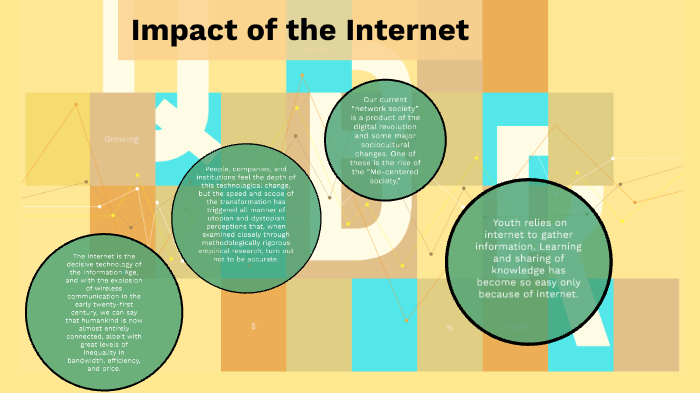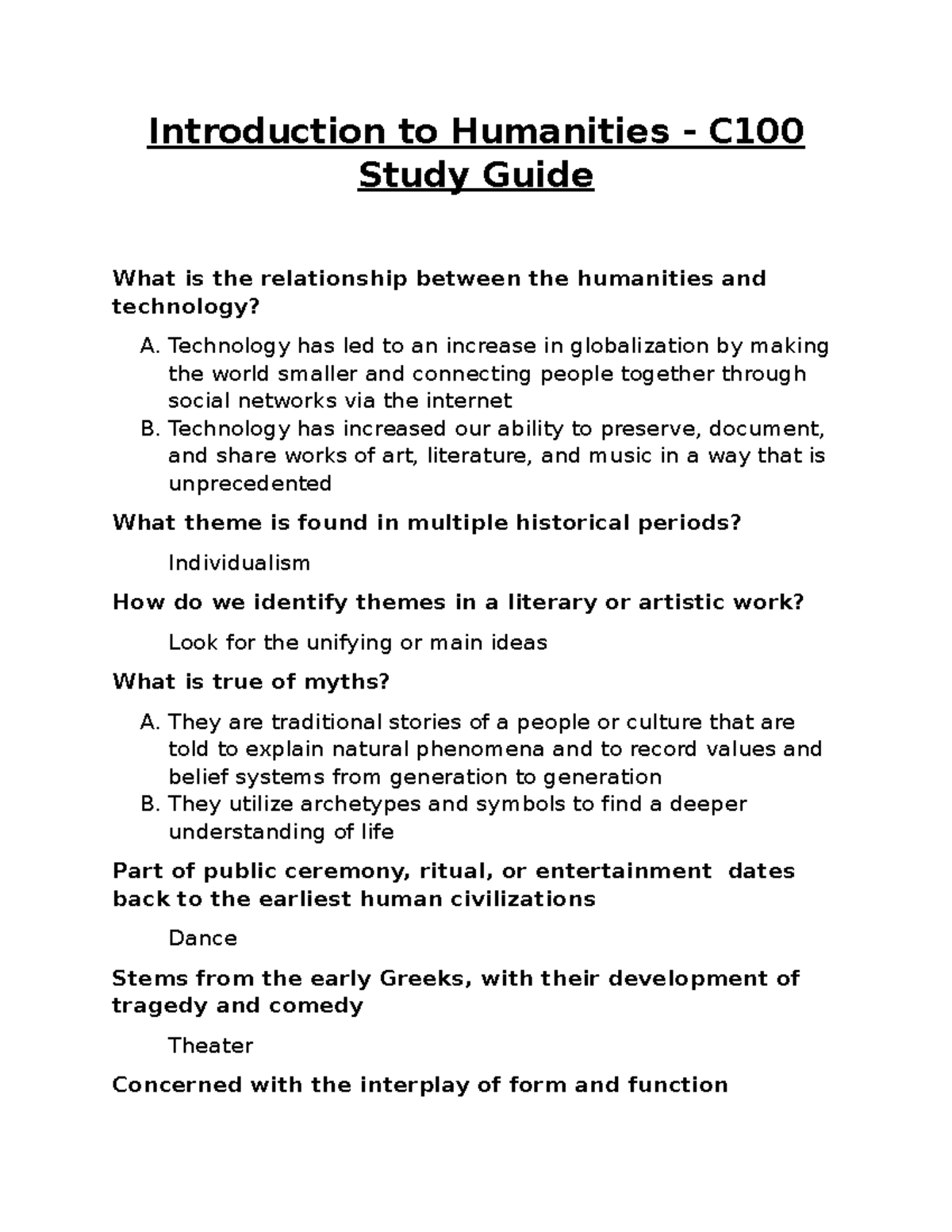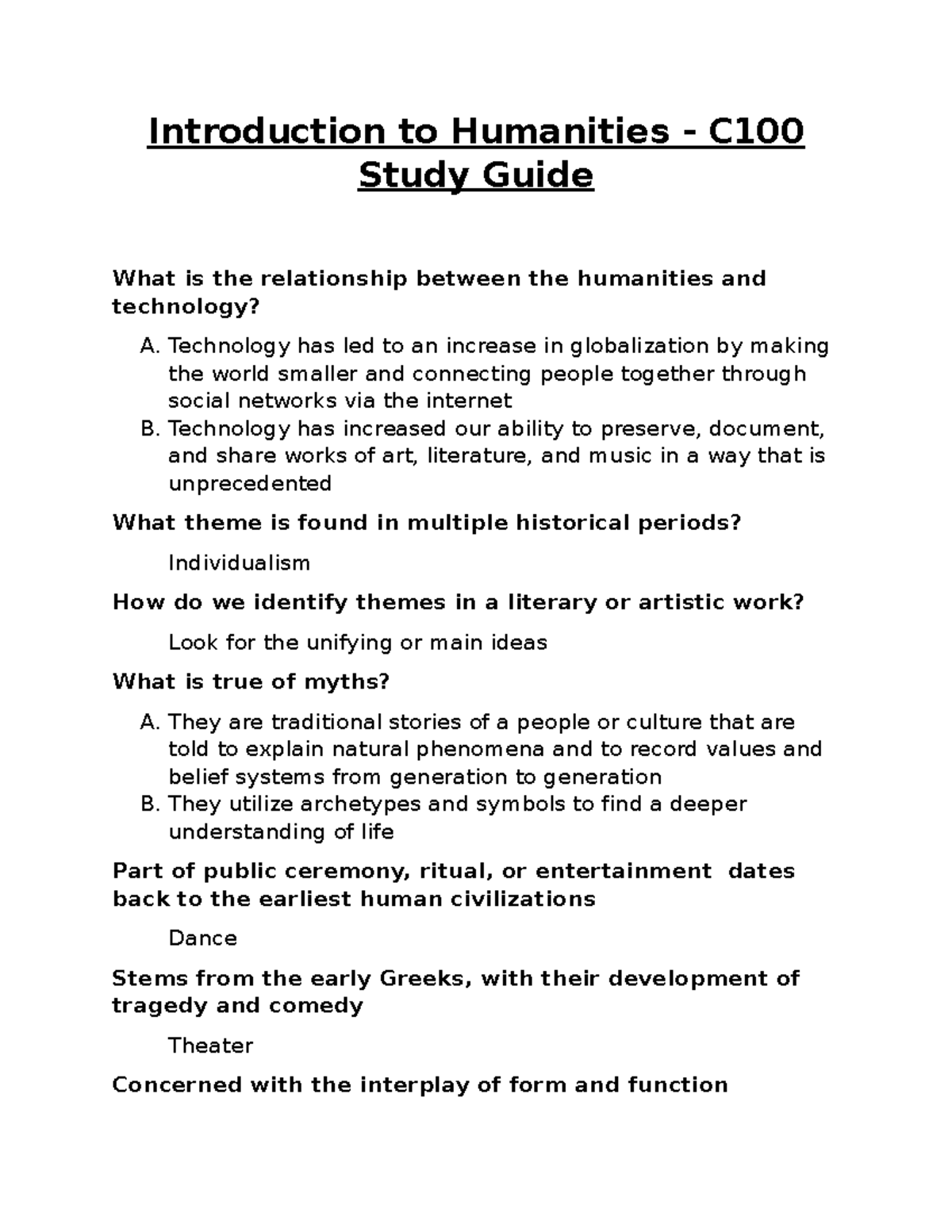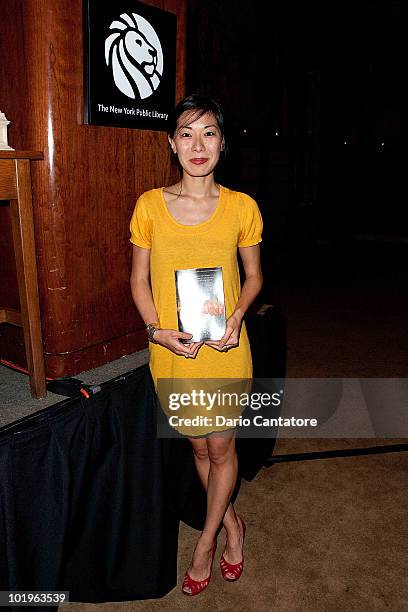The impact of the internet on fiction is a subject of intense debate among writers and readers alike. As digital platforms proliferate and social media reshapes how stories are told, the landscape of fiction writing in the digital age has transformed dramatically. With online communities generating their own narratives, readers have shifted from passive consumers to active audiences whose preferences often dictate trends in literature. This evolution has brought about fundamental challenges for modern writers, as traditional methods of engagement and storytelling struggle to compete with instant gratification and the ever-changing tides of public opinion. In exploring how social media changed storytelling, we uncover both the opportunities and pitfalls that technology has introduced to our reading habits, profoundly altering the way we connect with stories.
Examining the influence of the web on narrative creation reveals profound shifts in how literature is experienced and understood. As the digital realm provides vast resources and instant access to information, writers are challenged to adapt to the rapidly evolving tastes of their audience. The essence of storytelling, once rooted in personal exploration and connection, has evolved into a dynamic interaction between creators and their now-engaged audiences, reshaping the fabric of literature itself. Modern readers, equipped with technology, forge new reading habits that prioritize convenience and social interaction, leading us to question what this means for the craft of fiction. Ultimately, the intersection of technology and narrative invites both reflection and innovation, as writers navigate the complexities of a connected world.
The Internet’s Transformative Impact on Fiction Writing
The advent of the internet has undeniably revolutionized how stories are created and consumed. Fictional narratives, once confined to printed pages, now thrive in digital realms where immediacy and accessibility have transformed the reader’s experience. In the past, authors crafted stories with a limited audience in mind, but today, writers must consider global readerships and diverse perspectives, all facilitated by social media platforms and online forums. This shift has introduced a new dynamic to fiction writing, where audience feedback can influence plot directions and character development, often altering an author’s original vision.
Moreover, the internet has broadened the landscape of literature, enabling writers to experiment with formats that blur the lines between fiction and other media. The rise of serialized storytelling on platforms like Wattpad and social media-driven narratives allows authors to connect with their audience in real-time, fostering a collaborative environment that was previously unimagined. However, this reliance on public opinion may come at a cost, as the pressure to conform to trending themes and formats can stifle a writer’s unique voice, making authentic storytelling more challenging.
How Social Media is Reshaping Storytelling Today
Social media platforms such as Twitter, Facebook, and Instagram have become critical elements in the storytelling process, offering writers an avenue for instant feedback and promotion. These platforms allow authors to share snippets of their work, engage with readers, and build their personal brand, all of which can drive book sales and create dedicated communities around their writing. The ability to gauge reader reactions through likes, shares, and comments can provide invaluable insights, but it also poses the risk of writers tailoring their work to fit social media trends rather than their creative impulses.
Additionally, social media has given rise to new forms of storytelling, such as micro-fiction and interactive narratives, which challenge traditional literary forms. Authors now have the opportunity to utilize multimedia elements—videos, graphics, and audio—to enrich their narratives, creating immersive experiences that engage readers in ways that print cannot. However, the challenge remains for writers to balance these innovative techniques with the essence of storytelling, ensuring the core narrative still resonates within the flashy digital landscape.
This intersection of social media and storytelling raises essential questions about what it means to tell a story in the contemporary age. Are writers becoming more concerned with virality than authenticity, or can social media serve as a catalyst for more profound connections between authors and their audiences?
Navigating Challenges in Modern Fiction Writing
Modern writers face an array of challenges brought on by the internet era, not least of which is the competition for readers’ attention. With so many distractions at their fingertips, including videos, memes, and endless scrolling, writers must find innovative ways to captivate their audience without succumbing to the temptation of quick, easily digestible content. This phenomenon has led to a decline in long-form reading, with many potential readers opting for bite-sized engagements. Writers must therefore strategize how to create compelling narratives that stand out in a digital marketplace saturated with constant stimuli.
Additionally, the overwhelming presence of feedback and the potential for virality on social media can create anxiety for writers, often forcing them to second-guess their choices and directions. The fear of negative reception may inhibit experimentation and risk-taking in storytelling, which are crucial for literary growth. As a result, some writers may resort to formulaic approaches that prioritize marketability over genuine storytelling, contributing to a homogenization of voices in the literary landscape.
Changing Reading Habits in the Digital Age
The rise of the internet has undeniably altered reading habits across demographics. With the wealth of information available online, reading has shifted from a solitary, focused pursuit to something fragmented and often superficial. The availability of eBooks and audiobooks caters to a generation accustomed to multitasking, allowing readers to consume literature during commutes or while engaging in other activities. However, this convenience may diminish the depth of engagement with texts, as readers toggle between various forms of media, often failing to immerse themselves fully in a single narrative.
Moreover, technologies such as mobile devices and social networking sites have radically changed how and what people read. While access to diverse stories has improved, it risks creating echo chambers where readers gravitate toward content that aligns with their existing views, potentially limiting exposure to challenging or diverse narratives. This could jeopardize the fundamental purpose of fiction—to push boundaries and expand understanding of the human experience—if readers are not encouraged to explore outside their comfort zones.
The Benefits of Instant Research for Writers
One of the most significant advantages of the internet for modern writers is the ease of access to vast resources for research. Writers can quickly obtain information, reference materials, and historical context, enriching their narratives without the need to spend hours in traditional libraries. This unprecedented access empowers authors to enrich their fiction with factual accuracy and detail, making the stories more believable and relatable. In this way, technology has lifted research barriers, fostering more informed writing that resonates with readers in a rapidly evolving cultural landscape.
However, this ease of access also presents challenges, as the reliance on internet sources can lead to the spread of inaccuracies and misinformation. Writers must develop critical skills to discern credible sources from unreliable ones, ensuring that their work maintains integrity amid a sea of data available online. This balancing act between convenience and credibility is essential for contemporary authors aiming to produce thoughtful and substantial literature that stands the test of time.
The Evolution of Character Development in Fiction
In an era where social media dominates interpersonal interactions, character development in fiction has begun to reflect the complexities of digital life. Modern characters are more likely to be shaped by their online personas, revealing the multifaceted nature of human identity within the context of virtual spaces. Writers now explore how social media influences their characters’ thoughts, emotions, and relationships, often leading to narratives that examine the duality between public and private self. As a result, the process of character creation demands an understanding of contemporary dynamics to create relatable and nuanced characters.
This evolution also presents challenges for writers in depicting authentic relationships amidst the cacophony of online communication. Writers must navigate the intricacies of digital interactions while ensuring that character motivations remain grounded in emotional reality. The challenge lies not just in translating these interactions onto the page but in exploring how technology impacts interpersonal dynamics, and how characters respond to the relentless influx of information and opinion they encounter online.
Literature’s Role in Self-Discovery and Empathy
Literature has historically served as a mirror reflecting the human condition, and this remains true despite the digital transformation of reading habits. Fiction provides a safe space for readers to confront uncomfortable truths and examine their emotional landscapes. In an age dominated by superficial interactions, the depth of narrative gives readers the opportunity to explore complex themes of identity, morality, and empathy, fostering a deeper understanding of themselves and others. Writers must harness this potential, portraying authentic experiences through their characters that resonate across diverse readerships.
However, the challenge lies in ensuring that this exploration of the human condition remains genuine. As social media platforms foster abbreviated conversations and surface-level engagements, writers must strive to reconcile these issues and cultivate narratives that provoke introspection and emotional connection. This reconciliation is essential not only for enriching readers’ understandings of themselves and each other but also for highlighting the enduring value of literature in a rapidly changing world.
Exploring Nonfiction through Fictional Narratives
In today’s literary landscape, the lines between fiction and nonfiction are increasingly blurred, reflecting readers’ desires for authentic yet compelling narratives. This trend allows writers to explore factual content through creative storytelling, offering readers a richer context for understanding complex real-world issues. By weaving factual elements into their fictional works, authors can broaden the appeal of their narratives while engaging readers in thought-provoking social commentary. This approach fosters a unique reading experience that challenges conventional boundaries while shedding light on truth through a narrative lens.
However, the merging of these genres requires writers to navigate ethical considerations, ensuring that their portrayal of factual events remains accurate and respectful while still infusing creativity into the narrative. This balance is essential to maintain credibility while providing insight into human experiences that are often overlooked. By addressing nonfiction elements through fictional storytelling, writers can engage audiences on a deeper level, inviting them to reflect on truths that resonate with their realities.
Frequently Asked Questions
What is the impact of the internet on fiction writing in the digital age?
The impact of the internet on fiction writing in the digital age has been profound, altering the way writers create, publish, and interact with their audiences. Writers now have unprecedented access to research and vast resources online, enabling them to enrich their narratives with detail and authenticity. However, this ease of access can also lead to distractions, as internet browsing often competes for readers’ attention, impacting their reading habits.
How has social media changed storytelling in contemporary fiction?
Social media has transformed storytelling in contemporary fiction by making writers more aware of audience expectations and public opinion. Authors often feel compelled to tailor their stories based on trending topics or viral content, which can dilute the essence of personal truth in storytelling. This shift from intimate reading experiences to performance in front of an audience has created challenges for writers striving for originality in today’s digital age.
What challenges do modern writers face due to the internet and literature?
Modern writers face several challenges due to the internet and literature’s evolving landscape. These include managing the pressure of online presence, navigating fluctuating public opinions shaped by social media, and the struggle to maintain authenticity amidst the demand for broad appeal. The instant feedback from audiences can alter a writer’s approach to storytelling, often detracting from the deeper emotional truths that fiction can convey.
How has the internet influenced reading habits and technology?
The internet has significantly influenced reading habits by promoting shorter attention spans and offering instant access to content, often at the expense of more in-depth reading experiences. E-books and audiobooks have expanded accessibility to literature, allowing readers to engage with stories in new formats. However, this technological shift also raises concerns about the quality of engagement, as many may prioritize fast consumption over deep understanding.
In what ways has the internet contributed to the evolution of fiction?
The internet has contributed to the evolution of fiction by reshaping both the production and distribution processes. Writers can now bypass traditional publishing routes through self-publishing platforms, reaching global audiences directly. The vast amount of online content allows for diverse narrative styles and genres to flourish, fostering a more inclusive literary landscape. Yet, the challenge remains for authors to stand out amidst the endless digital noise.
| Key Point | Author | Summary |
|---|---|---|
| Readers have become audiences | Greg Jackson | Writers feel pressured to cater to mass opinions rather than expressing personal truths, diminishing the privacy that fiction traditionally offered. |
| Time-saver and a time-suck | Scott Turow | While research is easier with the internet, it competes for readers’ attention, leading to a decline in book sales. |
| We lost a major plot device | Jennifer Finney Boylan | The internet has made stories about loss or being lost less relevant, as connectivity is now constant. |
| A time machine for research | Julie Orringer | Accessing digital archives allows deeper contextual understanding of historical events for writers. |
| Less time at the library, for better and for worse | Weike Wang | The internet has made research easier but has also reduced the amount of deep reading time. |
| We need emotional truth too | Min Jin Lee | Despite challenges, fiction remains essential for conveying emotional truths beyond immediate facts. |
| Expanding knowledge | Andrè Aciman | Young people are more engaged with the internet than traditional literature, leading to changes in how history and knowledge are perceived. |
| Some things can only be experienced through face-to-face interactions | Yxta Maya Murray | Research from the internet cannot replace the depth of personal experiences and interactions essential for empathy in fiction. |
Summary
The impact of the internet on fiction has been profound, reshaping how stories are told and consumed. As writers navigate a landscape dominated by public opinion and immediate access to information, the essence of deep, personal truth in fiction risks being overshadowed. While the internet provides valuable resources and connects readers, it often detracts from the immersive experiences that literature traditionally offered. Consequently, the art of storytelling faces the challenge of retaining its emotional richness amidst the noise of social media and shifting reader preferences.










